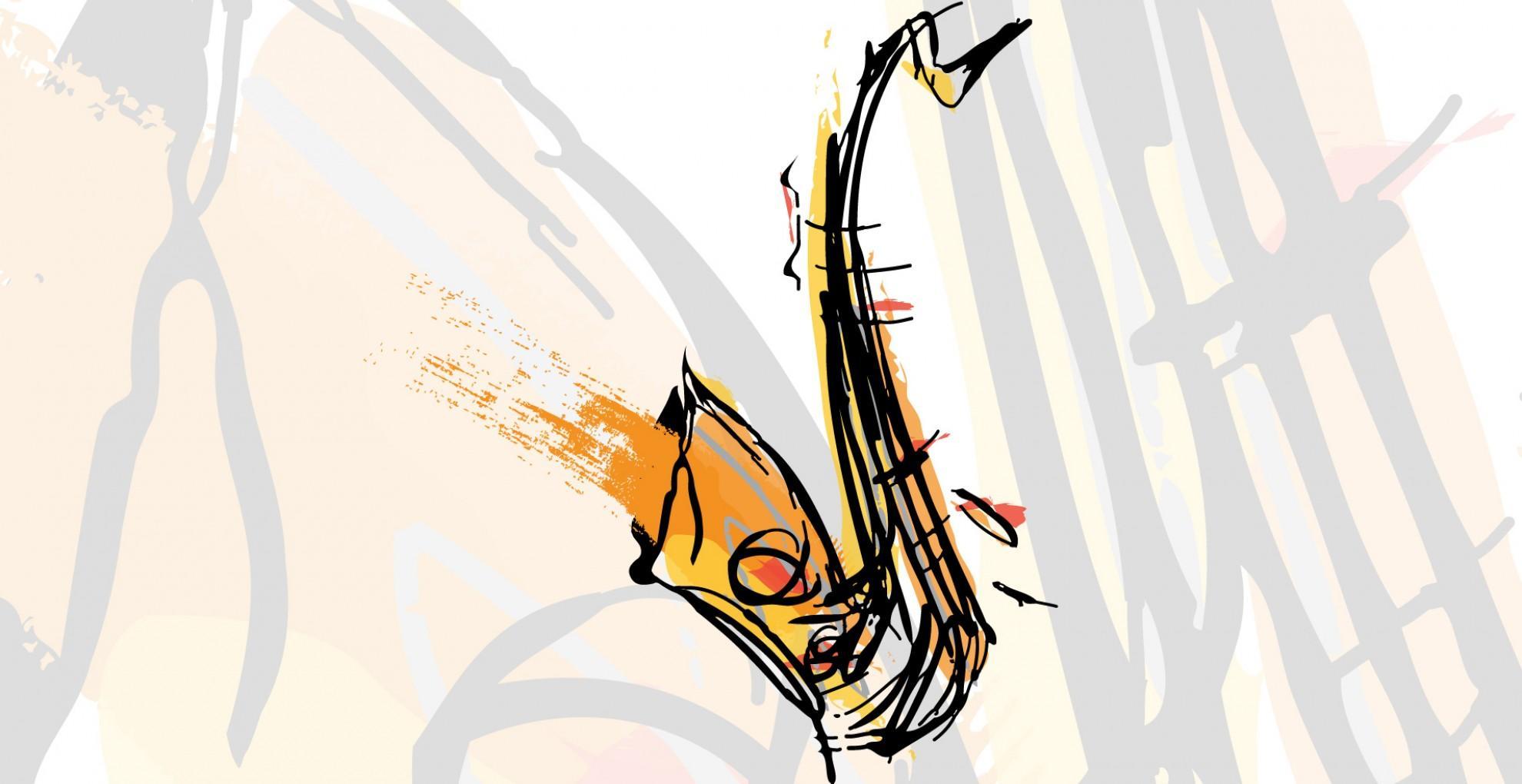
The Sound of Sax
When Adolphe Sax received his patent for the saxophone in 1846, Europe throbbed with the beat of the Industrial Revolution. It was a time of invention and innovation. That year, the first practical sewing machine unleashed a garment industry. Publishers praised the first cylinder printing press. And Charles Darwin shook the scientific community with his third book about natural selection.
The Sound of Sax played just as loud. A woodwind with a revolutionary conical bore, the sax immediately won praise from composers as "the most beautiful kind of sound" they had ever heard.
Due to its power, the saxophone soon secured favor with military bands in Europe and America. But with voice-like qualities and unprecedented flexibility, it was destined for a much bigger stage.
The saxophone's popularity exploded in America. Vaudeville audiences frolicked to the sax's comical tones. Dancers swung to the smooth sound of big bands. And jazz musicians relished the instrument's speed and litheness. Bebop. Rock and roll. Classical. Experimental. Literally every musical genre has embraced the Sound of Sax.
This is the story of the saxophone. How it makes music. How it reshapes music. And how it captivates music lovers everywhere.

